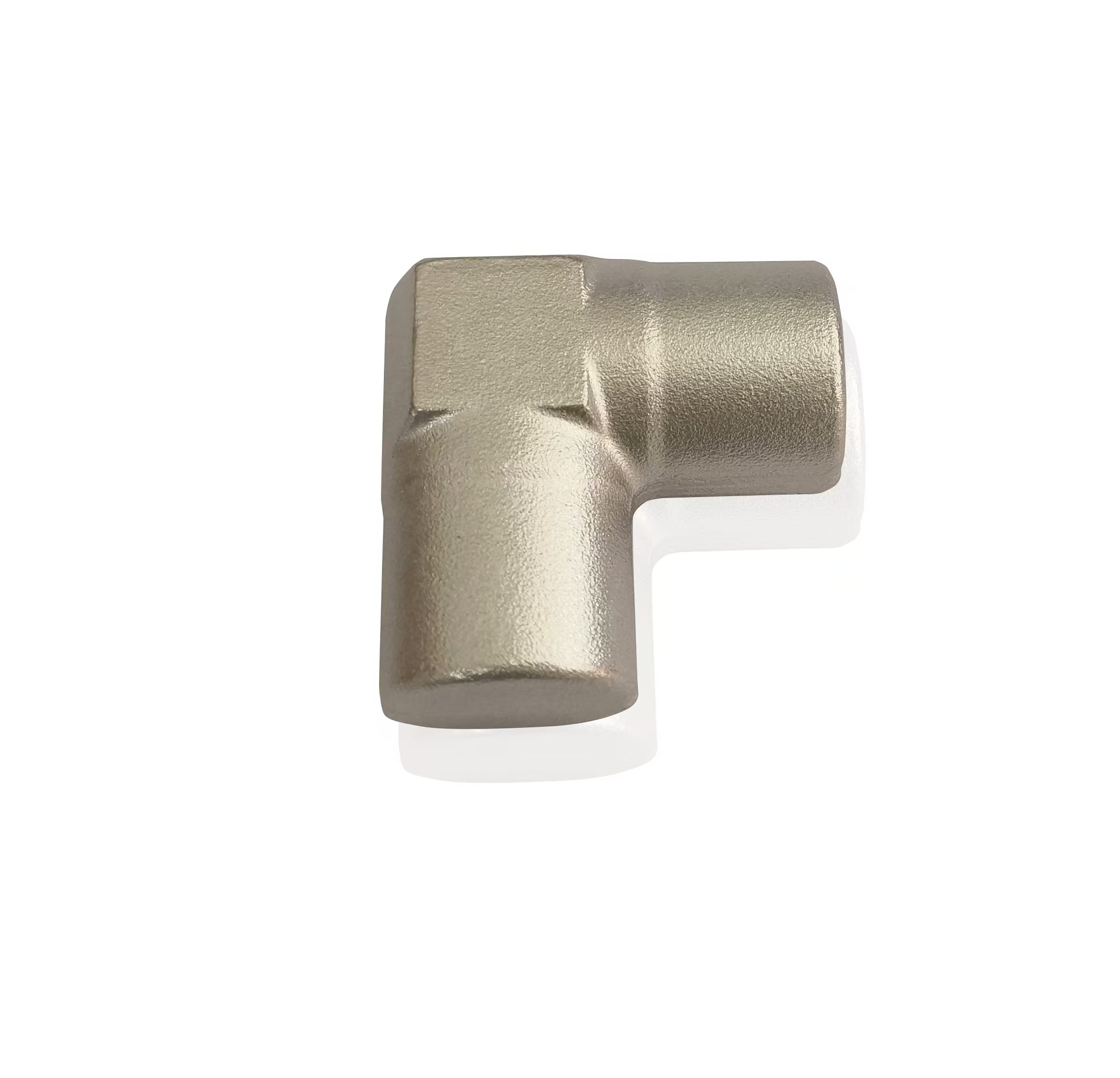How the Thickness of the Fifth Wheel Cushion Ring Affects Performance
 2024.12.16
2024.12.16
 Industry news
Industry news
The fifth wheel cushion ring, often an unsung hero in the world of heavy-duty trucks and trailers, plays a crucial role in ensuring smooth and safe operation by reducing shock and vibration. Positioned between the fifth wheel plate and the kingpin, the cushion ring acts as a buffer, absorbing the impact forces that arise from acceleration, braking, and rough road conditions. It not only enhances the comfort of the driver but also helps protect the vehicle’s structural integrity and the cargo being transported. Among the various factors that influence the effectiveness of this vital component, one of the most critical is its thickness. But how exactly does the thickness of the cushion ring impact its ability to absorb shock and vibration?
First, let's consider the fundamental purpose of the cushion ring. It is designed to dampen the forces that are transmitted between the truck and the trailer. These forces can range from the slight jolt experienced during acceleration to the intense vibrations felt when driving over potholes or uneven terrain. The cushion ring absorbs these shocks, ensuring they don't reverberate through the vehicle, reducing the likelihood of damage to both the vehicle’s components and the cargo. However, the effectiveness of this shock-absorbing function largely depends on the thickness of the cushion ring.
A thicker cushion ring generally provides a greater degree of shock absorption. This is because a thicker ring has more material to compress, which allows it to better distribute the impact forces across a wider area. When a truck or trailer experiences a sudden shock, the thicker cushion ring can compress and expand more effectively, thereby reducing the intensity of the force felt by the vehicle and its load. This can lead to smoother rides and improved stability, especially during challenging driving conditions like heavy braking or rough roads.

However, it’s important to note that thickness isn’t the only factor to consider. While a thicker cushion ring can offer more cushioning, it may also come with trade-offs. For example, a ring that is too thick could introduce too much flexibility, potentially leading to excessive movement between the fifth wheel plate and the kingpin. This could compromise the overall control of the vehicle and reduce its stability. On the other hand, a cushion ring that is too thin might not provide sufficient shock absorption, leading to increased wear on the vehicle’s components and greater discomfort for the driver. Thus, finding the right balance in thickness is key to ensuring optimal performance.
In practice, the ideal thickness of the cushion ring will depend on several factors, including the weight of the trailer, the type of load being carried, and the typical road conditions the vehicle operates in. For instance, heavy-duty trucks hauling large or sensitive loads may require thicker cushion rings to better absorb the increased forces associated with these tasks. Conversely, trucks operating primarily on smoother roads with lighter loads might benefit from a thinner ring that still provides adequate shock absorption without compromising vehicle control.
The material composition of the cushion ring also plays a role in how its thickness impacts performance. Advanced materials, such as rubber compounds and synthetic polymers, are often used in the construction of these rings because they offer high elasticity and durability. A thicker cushion ring made from these materials will have enhanced compressive properties, allowing it to better absorb and dissipate shock without wearing down quickly. This helps to extend the lifespan of both the cushion ring and the fifth wheel assembly, resulting in lower maintenance costs and improved long-term reliability.
The thickness of the fifth wheel cushion ring is a crucial factor that directly influences the vehicle's ability to absorb shock and vibration. A well-designed cushion ring, with the appropriate thickness for the specific application, can significantly improve the ride quality, enhance cargo protection, and ensure the overall safety and stability of the truck-trailer connection. Whether you're transporting delicate goods or navigating tough terrain, the right cushion ring can make all the difference in how smoothly and safely your vehicle performs.




















